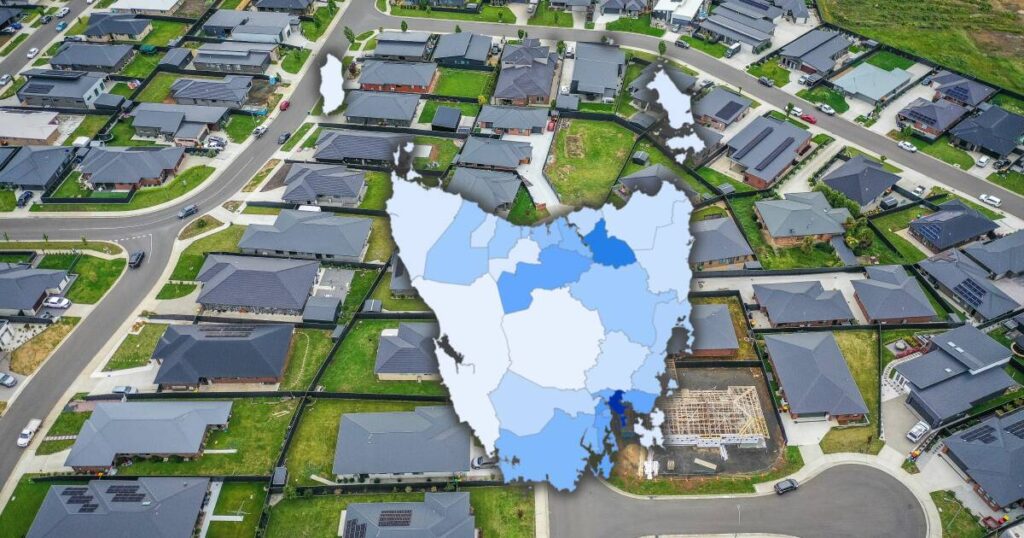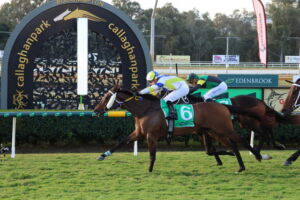
Recent data shows that Tasmanian building approvals have reached a two-year high, indicating a significant trend in the state’s development landscape. According to the Australian Bureau of Statistics, the state approved 221 new dwellings in September 2025, marking an increase of 11 percent compared to the previous year. This surge in approvals raises questions about the future of development in the region.
The municipalities of Clarence, Launceston, and Glenorchy have been the fastest-growing areas in Tasmania, as reported by the ABS. Between the financial years 2020-21 and 2024-25, these councils collectively approved over 1,000 dwelling units, with specific figures showing 1,935 in Clarence, 1,383 in Launceston, and 1,008 in Glenorchy.
Insights from Industry Experts
Michael Kerschbaum, the interim executive director at the Property Council of Australia’s Tasmania division, noted that this upward trend in building approvals was expected. He explained that these three municipalities account for three of the four most populous areas in the state. “In general terms, you would expect Launceston to have most of the approvals,” Kerschbaum stated, emphasizing the correlation between population density and building activity.
Despite the current growth, Kerschbaum pointed out that the rate of population increase in Tasmania has slowed since the pandemic. In 2024, the annual growth rate was a mere 0.22 percent, translating to an increase of only 1,267 people. He cautioned that while numbers have stabilized, the market could rapidly change. “You can quickly go from fairly low figures to fairly high figures,” he said, referencing past fluctuations in demand, especially influenced by lifestyle migrations during and after the pandemic.
Future Planning and Infrastructure Needs
In response to the ABS statistics, Kerry Vincent, the Housing Minister, expressed optimism about the year-on-year growth, stating it would “encourage further investment in training and employment.” Yet, he acknowledged that building new homes requires suitable land, which presents a challenge.
Launceston City Council has approved the creation of 1,085 new residential lots over the past five financial years, primarily in the suburbs of St Leonards and Youngtown. While this development allows for immediate housing solutions, Michael Purves, president of the Planning Institute of Australia’s Tasmania division, stressed the importance of planning for the future.
“We’ve really seen the uptake of land that was pretty much zoned and ready to go for suburban development,” Purves explained. He emphasized the need for comprehensive planning that includes infrastructure and service delivery across urban expansions and suburban areas, not just conventional utilities like roads and electricity, but also parks, recreational areas, and schools.
Kerschbaum added that expediting the planning process for large-scale subdivisions is crucial. He highlighted the lengthy approval times, which can stretch from five to seven years, causing significant delays in development. “It’s the time that these things are taking that’s killing them,” he remarked, underscoring the critical need for streamlined processes to accommodate growing demand.
As Tasmania navigates this period of increased building approvals, the focus will need to shift towards sustainable development and efficient infrastructure planning. With the potential for demand spikes looming, stakeholders are left to ponder whether the state is adequately prepared to meet future needs.







